April showers bring May flowers, and as we see more and more green out our windows and spend more time outside, it’s time to look inside and how to make our homes more green too! Earth Day is in April, a holiday started in 1970 during the start of the modern environmental movement. Protecting and restoring our earth not only ensures a prosperous livelihood for future generations, but can also make your home safer for you and your family. Here are some “green” tips to make your home safer, more efficient and ultimately save you money and the environment!
1) Breathe Easy With Low VOC Products
Off-gassing is when a material gives off chemical vapors (or gas), what you may think of as that “fresh paint” or “new carpet” smell could actually be an odor that is dangerous to your environment, and even after these odors are no longer detectable they can still be released and penetrate your body. VOCs or Volatile Organic Compounds are the chemicals that are released as gasses from many different products, often synthetic, mass produced items. Most VOCs can irritate the eyes, nose and throat and while they won’t cause immediate harm beyond possible lightheadedness or nausea, lots of exposure over time can cause organ damage or even cancer.
Some studies have shown that the indoor air quality inside our homes can actually be more contaminated than fresh air outside. Indoor air pollutants not only affect us in the short term, but they continue to be cycled throughout the house and the EPA has shown they are often 2–5 times higher inside the home than they are outside. Using products with low or no VOCs is one way you can not only make your indoor air quality safer, but also help the environment, as VOCs produce ozone in our atmosphere which leads to smog.
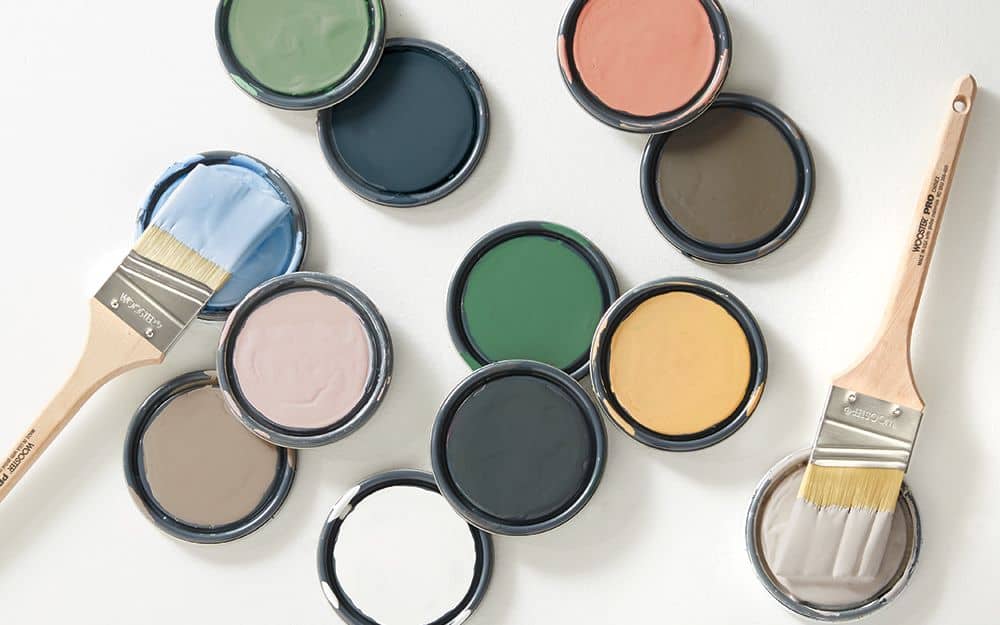
You can reduce your VOCs by using natural cleaning products, low VOC paint and adhesives for home projects, and even use different materials such as wood flooring over wall to wall carpeting etc.
Benjamin Moore’s Aura paint has zero VOCs and is low-odor. It also requires fewer coats than other paint products and doesn’t require primer which leads to less waste from paint cans and other painting supplies.
For your next remodeling project you can also consider installing hardwood flooring or tile as an alternative to wall to wall carpeting. Not only is it easier to maintain, carpets can be a trap for dirt and dust that can affect asthma and allergies. Wall to wall carpeting is also a huge pollutant in our nation’s landfills. Installing hardwood flooring with a low VOC finish and putting an area rug on top (preferably one with natural material) is a safer option. If you are concerned about keeping your home green and are looking for carpet, stick to less synthetic materials such as wool, sisal, jute or seagrass, and use wool felt or natural rubber pads.
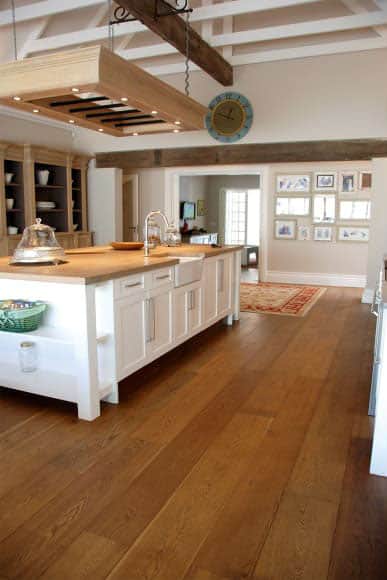
No VOC monocoat colors and seals hardwood floors in just one coat, saving time and has virtually no odor.
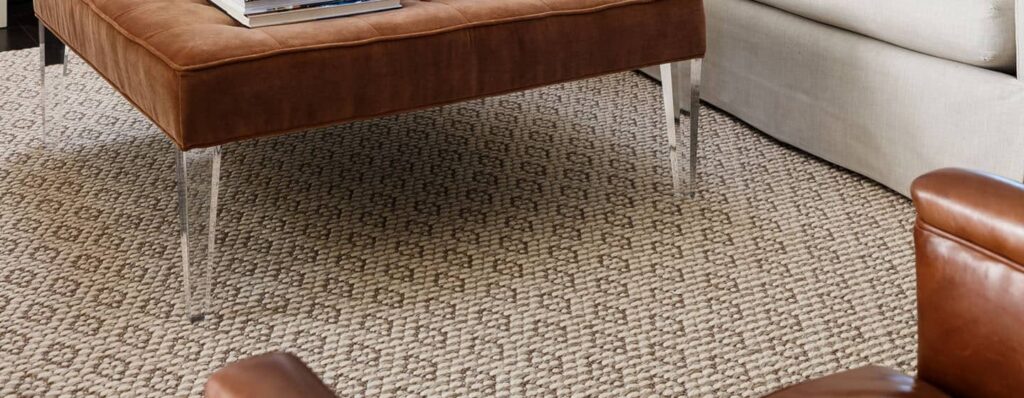
Wool and sisal blends are both soft underfoot and durable.
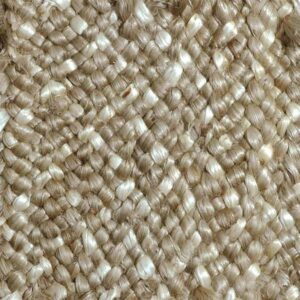
Designer jute rugs with latex backing can provide beautiful texture and color.
If you do find yourself purchasing carpet for wall to wall use, or even to cut down as an area rug, look for Greenguard Certified or Green Label Plus Products which certify products for low chemical emissions and test for indoor air quality.
2) Insulate It!
Making sure your home is properly insulated is also a great way to save on energy costs to heat and cool your home. It can also reduce use of electricity, gas or oil. Having someone check attics spaces, breezeways and other areas is a smart idea. Many older homes have poor or sometimes no insulation in small added areas like breezeways, mudroom additions or porches that were later converted to enclosed spaces.
Consult with your contractor or wherever you’re sourcing your materials from to make sure the insulation material you’re using is not only providing a good level of insulation, but also made from green materials. Keep in mind that the pink fiberglass insulation you may be used to seeing requires a lot of energy to produce and can contain hazardous fibers that can cause skin irritation and respiratory issues if inhaled. Insulation material such as cellulose, which comes from recycled paper products is not only safe to install but also is a great way to minimize toxins in the home. Having proper insulation can reduce heating and cooling costs by up to 20%.
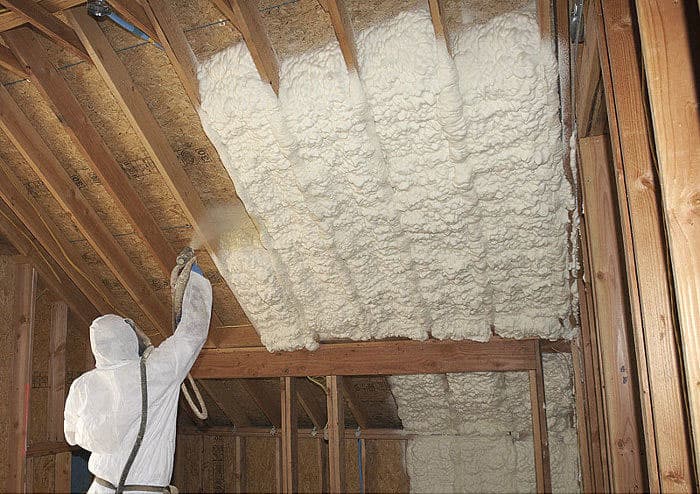
If you’ve got a space that’s already fully built and sheet rocked, but lacking insulation on exterior walls, spray foam insulation might be a good choice. Typically small holes are made in the spaces between studs in the wall and then insulation is sprayed into the space. This closed cell spray foam expands and makes an air-tight seal in that space. Then the holes will need to be patched and the wall repainted.
Icynene Proseal Spray Foam insulation is Low VOC and has been awarded the UL Greenguard Gold Certification. After application, the house can be re-entered after 1 hour and reoccupied after 2 hours, which makes it efficient for the environment and won’t cause delays in construction progress. Here’s a guide to insulation spray foam.
3) Light It Up!
LED lighting is definitely the number one type of lighting used in new construction and home remodels for recessed lights. But you can get LED decorative fixtures as well as swap to LED bulbs to retrofit into incandescent fixtures. LED is a super versatile technology that lasts a long time, uses very little energy and can even change colors, from warm to cool white, but also the entire rainbow.
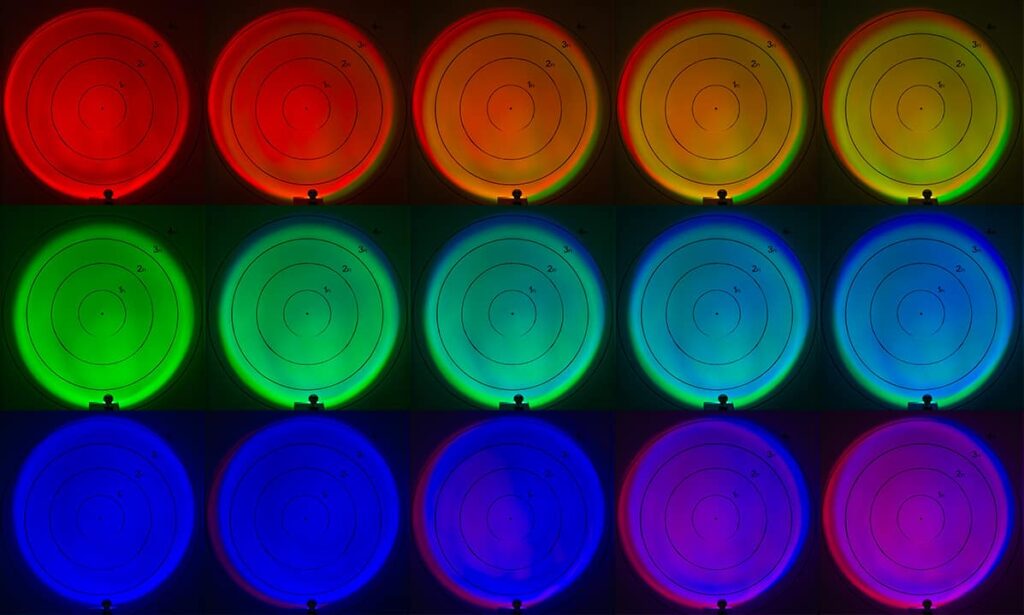
You’ll also save yourself the headache of constantly changing light bulbs, and lower your electricity bill. The Earth will thank you for reduced waste of producing, shipping, and waste of incandescent bulbs and for using less electricity. Not to mention LEDs are much safer than their predecessor, the CFL bulb. CFLs contain mercury, require special handling for disposal, was dangerous if broken ,and oftentimes took a long time to warm up and give off light. When remodeling a space I always recommend my clients switch to LED recessed fixtures, and there’s also some great products to retrofit your old recessed can lights into LEDs.
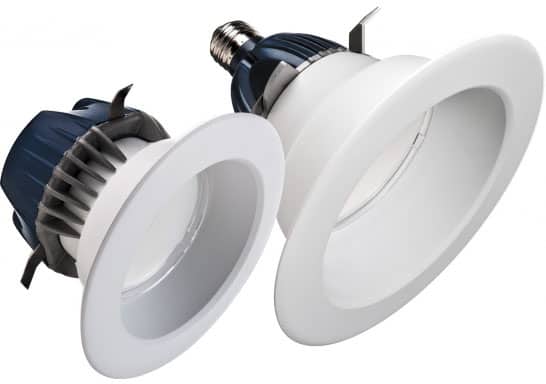
These LED retrofit lights from cree lighting screw into your incandescent socket and give the look and feel of an LED recessed light.
4) Composting
Composting is a great way to use your natural food waste to give back to your own soil and could be a great new family activity. Food scraps and yard waste make up 30% of US garbage. Getting kids involved in understanding the life cycle, from gardening to composting can instill earth-friendly habits for the future. Composting doesn’t need to be messy, wormy or complicated, there are a ton of composting systems and products that make it easier than ever.
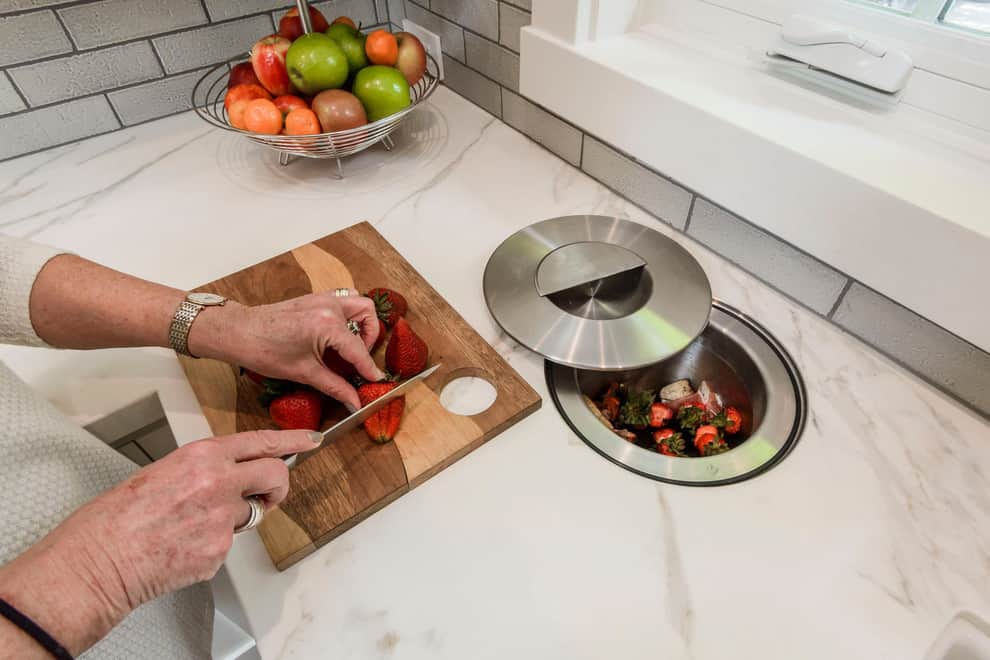
Adding a small composting container to your kitchen either with your trash or right on the countertop can make it easy to set aside natural scraps while food prepping.
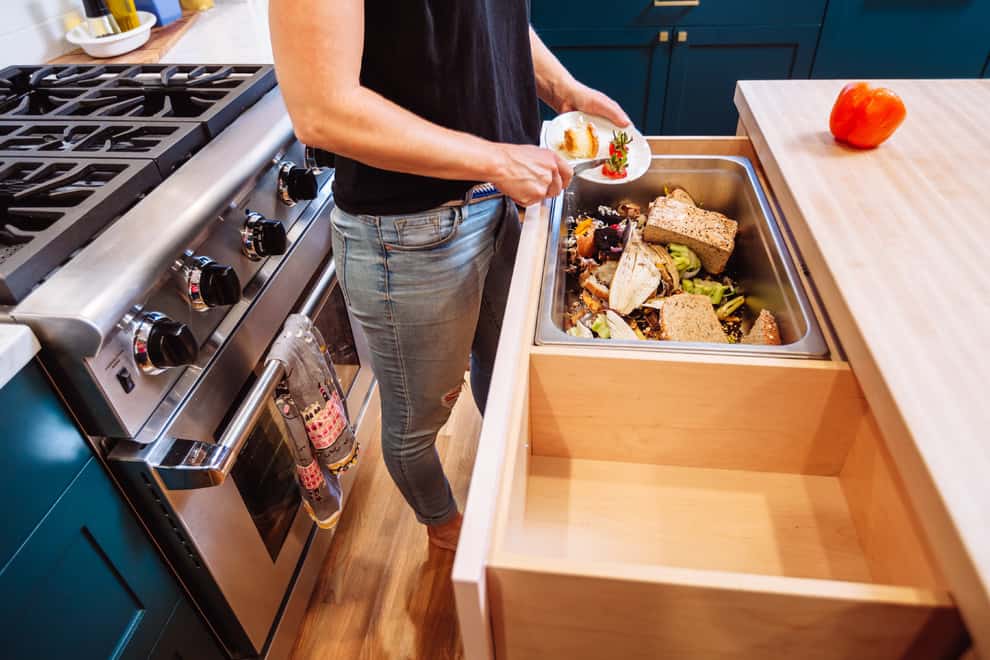
Outdoor containers designed for composting keep your scraps out of sight, while providing proper ventilation and moisture for optimal composting.
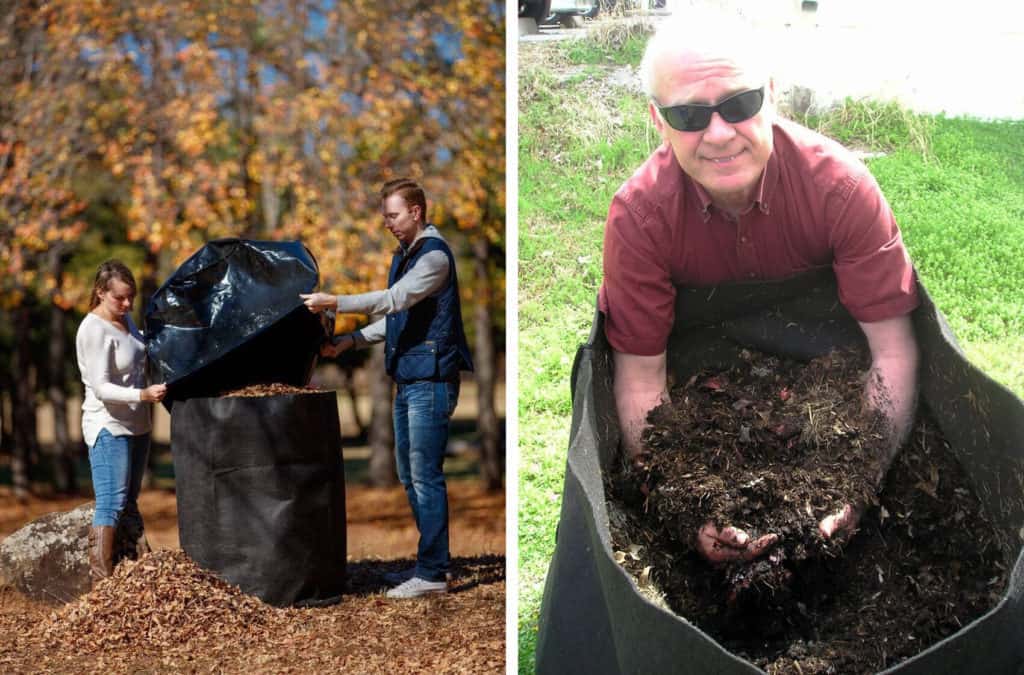
This reusable sack is great for composting leaves in the fall. Just fill it up, put on the cover and it creates ideal conditions for the material to break down.
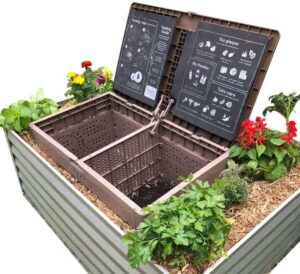
The subpod grow bundle integrates your compost bin with a flower bed to make it more attractive. You could also just buy the subpod component and bury it into your existing gardening bed and it will feed your plants right from the soil level.
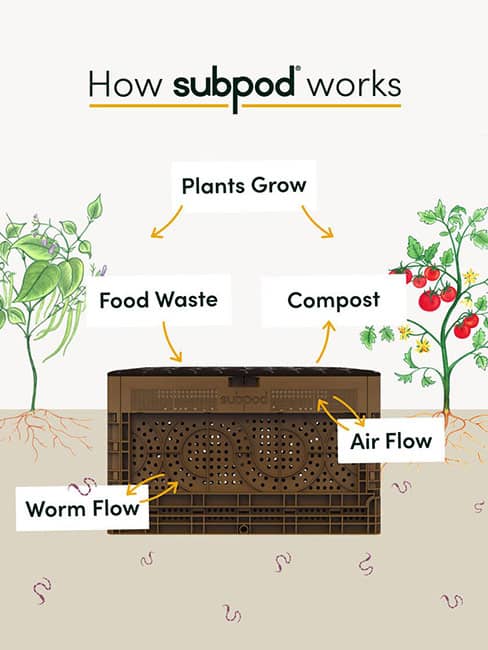
5) Seal It Up!
Heat gain and loss through windows is responsible for 25-30% of energy used for heating and cooling your home. Make sure your windows are properly weatherized and replace any old, broken, or inefficient windows. If you have existing windows that are in good working condition but still feeling drafty, have them sealed properly with caulk or weather stripping. New energy efficient windows can be purchased for home remodels, or to replace old inefficient ones. Look for energy star labels and review the National Fenestration Review Council’s (NFRC) ratings when shopping. Make sure you have someone you trust for the installation (we can help!), to make sure the new window is sealed properly. A brand new energy efficient window is useless if installed incorrectly!
Window treatments are also a great way to help your home’s efficiency. Heavy or blackout drapes can prevent cold air from seeping in. Blinds, window shades and solar shades can be used to block strong hot sunlight from beaming in, unnecessarily overheating a room. Take notice of your thermostat locations. You might be wasting cooling costs pumping AC into an entire zone that’s not actually as warm as the thermometer is detecting due to sunlight. Solar shades are a sleek option that can integrate well with other more decorative window treatments. They come in different opacities to block more or less sunlight and visibility. They can help cool a space as well as provide privacy.
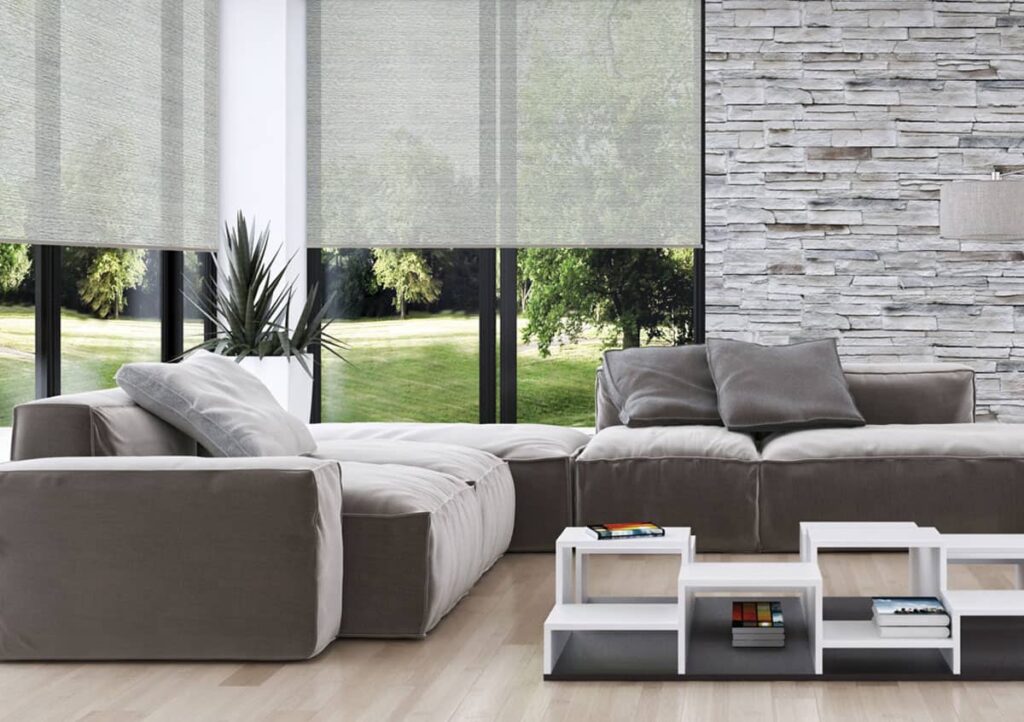
Solar shades come in a variety of fabrics, colors and textures and can even mimic natural shades
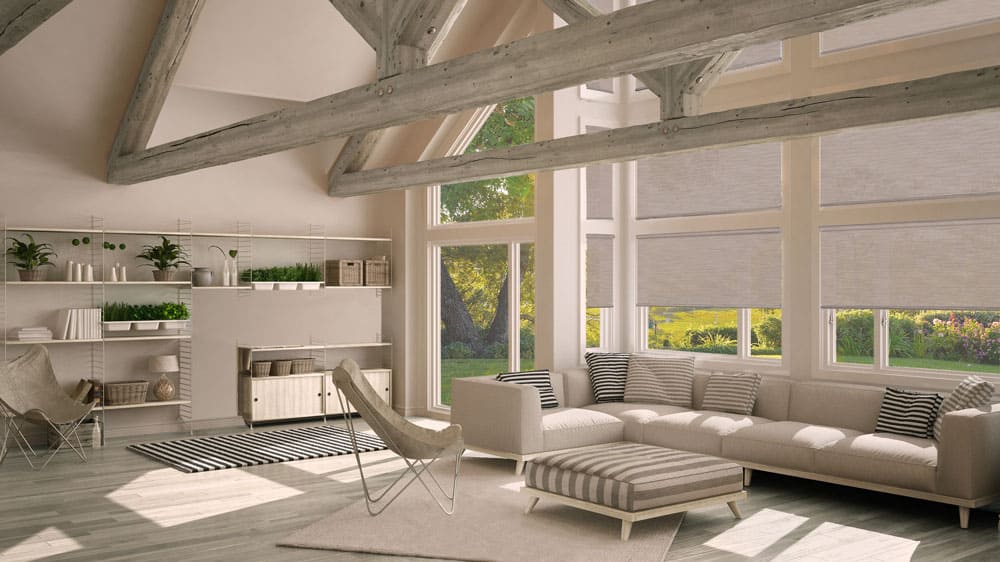
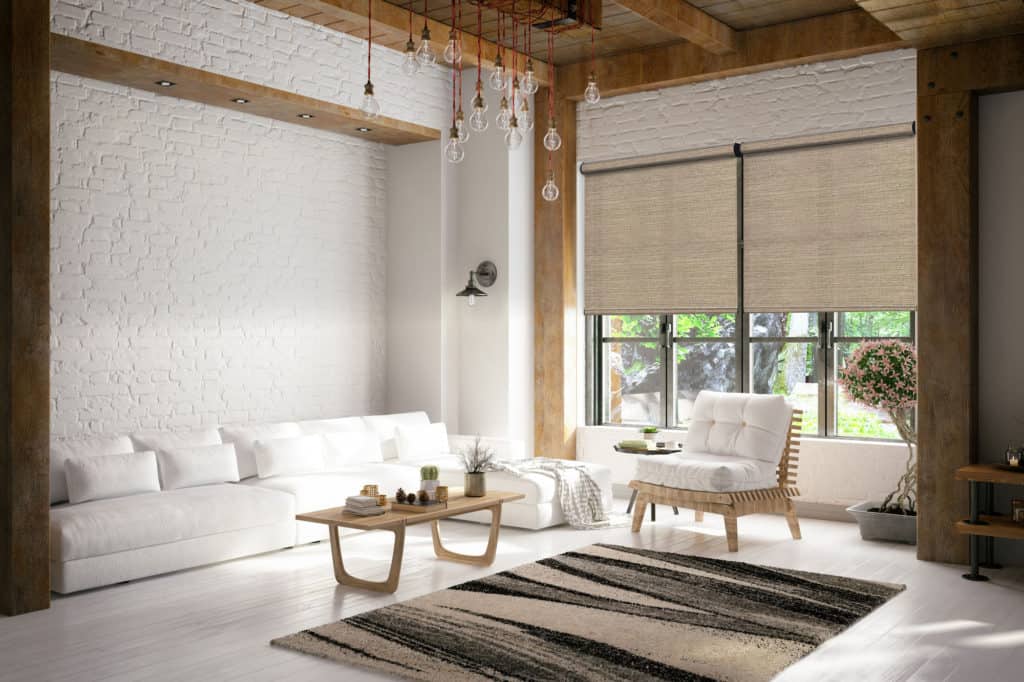
Outdoor window treatments such as awnings can also provide functional shade covering in outdoor spaces as well as block light from penetrating directly in windows and overheating interior rooms.
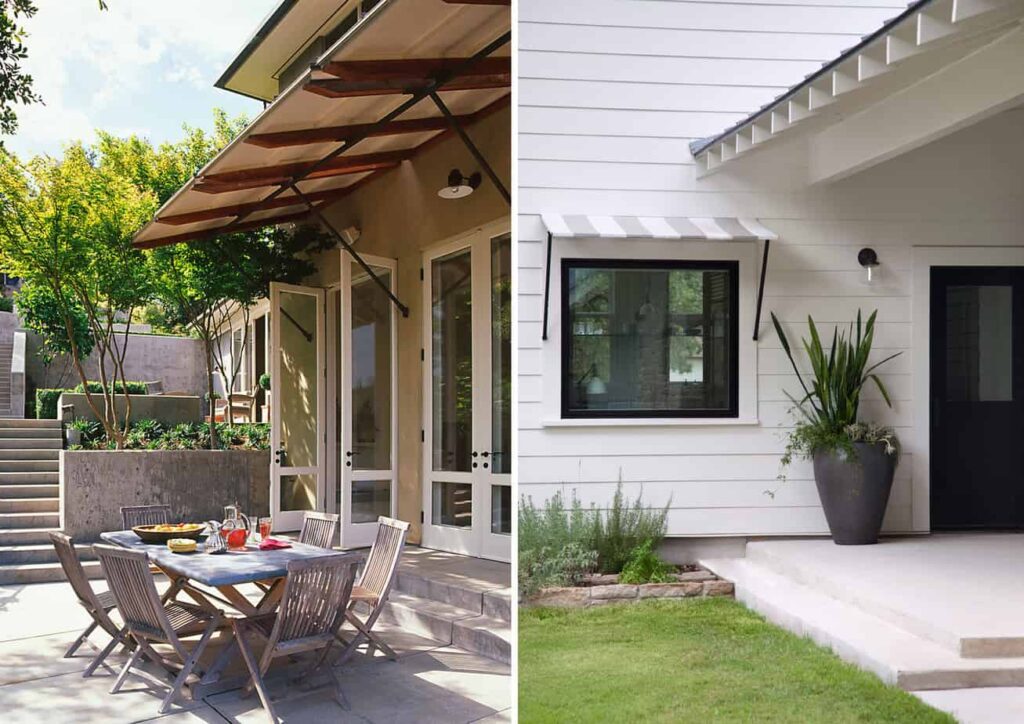
Adding solar films to windows can also add efficiency and protect your floors and furniture from strong sunlight.
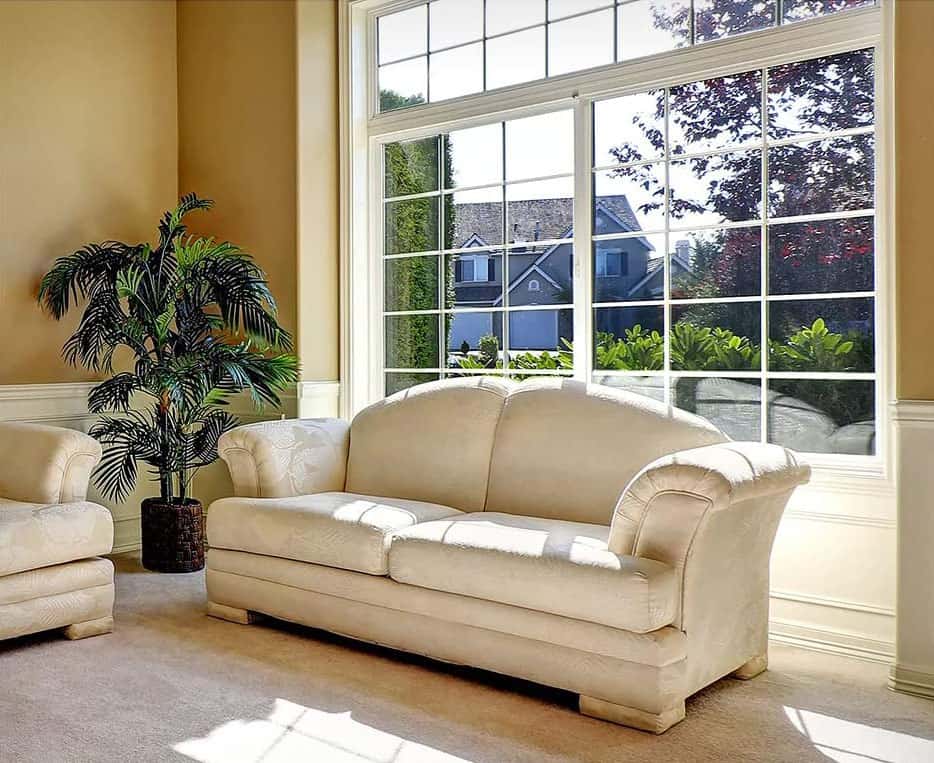
3M’s Thinsulate window products are virtually transparent on the glass but can help make your home more efficient in winter and summer as well as protect furniture and floors!
6) Small Steps For Big Impact
Reduce, Reuse, Recycle. We hear it all the time. Keep in mind that the words are said in that order because that’s the order of priority. We should always try to reduce first, then reuse, then, lastly if it cannot be reused, try to recycle it. Here are some small changes you can make at home today.
Use fewer paper products at home. Buying paper towels that can be used at smaller sizes can help reduce how fast you’re going through rolls. Better yet, ditch them altogether with “paperless” kitchen towels.

Reusable cloth towels placed on the familiar kitchen paper towel holder can help reduce your waste.
Regularly clean the coils and vents of your refrigerator and dryer so they’re operating efficiently. It also can help your indoor air quality!
If you’re running the dishwasher before it’s full more often than not, consider hand-washing. Or perhaps investing in dishwasher drawers – these are great for empty nesters. You can run half loads by just filling and running one drawer, but still have the capacity for a full load when guests come over.
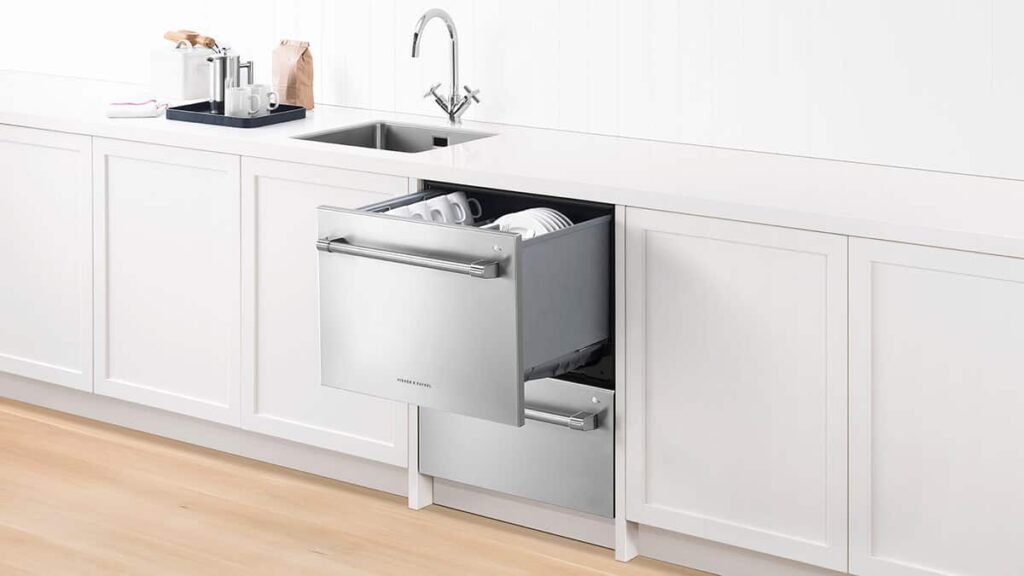
Also, consider running your dishwasher at night. If you have a “delay” function on your dishwasher, look into programming it to run at night when the grids are off-peak. This may even save you some money on your electricity bill.
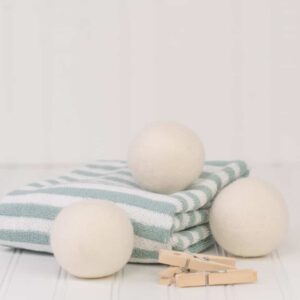
Ditch the dryer sheets and get yourself a set of wool dryer balls. Dryer sheets are laden with toxic chemicals that are harmful. Fragrances can irritate asthmatics, make you itchy, and even worse, endocrine disruptors and other toxic chemicals rub off on your clothes and sit on and penetrate your skin, which can cause problems. Eliminate dryer sheet use and you can add scent to your dryer balls by adding a few drops of essential oils on them before tossing in with your clothes in the dryer. You could also consider line-drying your clothes in the summer to reduce electricity.
Whether you make big or small changes this year to your home or your daily habits, remember that we only have one planet. Let’s keep investing in it so it can give back to us for generations to come. Please contact your HomeSquare professional today if we can help you to Go Green.

Katie Canfield is the founder and principal designer at Studio KC. Studio KC got its humble start in 2015 when Katie was just 23 years old. While she was freelancing with other interior designers in the NY and CT area she also became a go-to designer for local contractors and trades that needed a designer’s help for their clients whether it be for custom cabinetry drawings or plans for a gut renovation on an entire home.
Katie Canfield’s design aesthetic is eclectic and flexible. She delights in the marriage between old and new- keeping spaces approachable but still matching each client’s unique aesthetic and family narrative. Her passion for design keeps her motivated and constantly on the hunt for new trends and materials. Her broad experience includes an art history background, study at the Accademia Italiana in Florence, a stint with the renowned Manhattan firm Amanda Nisbet Design, as well as collaborations with builders and designers across the tri-state area. She’s seen it all: from gutting prewar Manhattan apartments to new construction in the ‘burbs.








2 Comments